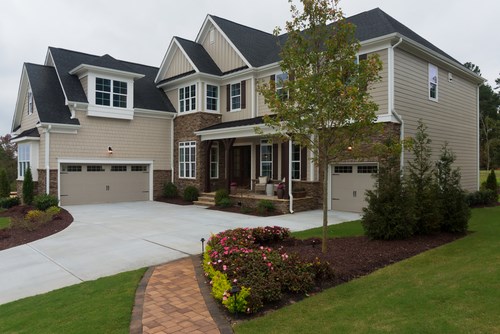
Your home’s siding is an significant exterior element that performs a variety of essential tasks—from protecting your home from the elements and enhancing its curb appeal to providing superior insulation and increasing your home’s energy efficiency. To ensure that your home’s siding is adequately performing each of these tasks, it’s important to regularly inspect your siding for damage, know when to replace your siding, and work with a professional replacement siding company to determine the best siding for your home.
For more insight this subject, the experts at Legacy Remodeling answer the two most common questions homeowners have about replacement siding.
When Should I Replace My Siding?
The best way to know when it’s time to replace your siding is by inspecting your siding for damage. Once or twice a year, walk around your home and take a close look at every element of your siding. Observing damage to your siding early on could mean the difference between making minor repairs versus a complete siding replacement. If you notice any of the following signs of damage, consult your local replacement siding company to determine your best course of action:
- Warping or Rotting
- Holes
- Bubbles
- Loose or Cracked Siding
- Mold, Mildew or Fungus Growth
- Dry Rot
- Fading
Which Replacement Siding is Best for My Home?
If you’ve determined that your siding is damaged beyond repair, or you’re ready to upgrade to a more aesthetically pleasing, energy-efficient siding, there are several replacement siding options available. From vinyl siding to fiber cement siding—and everything in between—your local siding experts can help you choose the best option for your home. A few of the most popular types of replacement siding include:
- Vinyl Siding: Due to its low-maintenance upkeep, longevity, and affordable price, vinyl siding is a popular choice for many homeowners. Not only is vinyl siding a budget-friendly way to update the look of your home, it can increase your energy savings—particularly when you upgrade to insulated vinyl siding.
- Fiber Cement Siding: This innovative siding option offers the appearance of traditional wood siding with a host of outstanding benefits such as increased insulation, fire resistance, and protection against UV rays and unpredictable weather.
- Board and Batten Siding: If you’re interested in a vertical siding option that resembles traditional architectural styles, board and batten siding might be the perfect siding option for you. This durable siding also provides good insulation and protection from the elements.
- Shake Siding: Today’s vinyl shake siding mimics the look of traditional cedar siding, but offers excellent durability and energy efficiency—even in the harshest of weather conditions.
- Scallop Siding: Also known as fish-eye siding, scallop siding has many of the same benefits of shake siding—but with a curvy look that brings about memories of the ocean.
- James Hardie Siding: Known for its superior durability, longevity, and protection at an affordable price, Hardie siding will enhance your home’s curb appeal and its value. In fact, Hardie siding has been ranked by Remodeling magazine as providing the most return on investment.
- Celect Siding: For a siding option with the look, feel, and value of real wood, there’s no better choice than Celect siding. This innovative cellular composite siding option is impervious to water, humidity, and pests, and resists cracks, discoloration, and moisture damage.
At Legacy Remodeling, we’re happy to help you decide which type of siding is right for your home—and your remodeling budget. We offer all of the replacement siding options listed above, and can customize them with our wide selection of colors to further enhance your home’s aesthetic! Give us a call today to learn more about our high-quality siding and installation services, or fill out on convenient online form to request your free, in-home estimate.
Tags
Subscribe to Legacy Remodeling's Blog





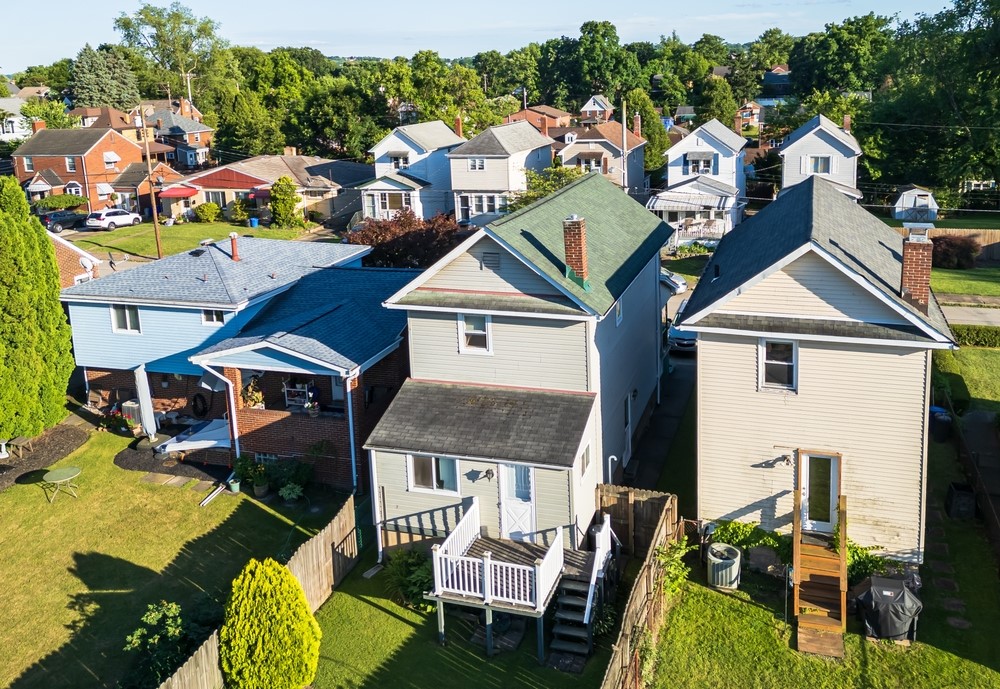
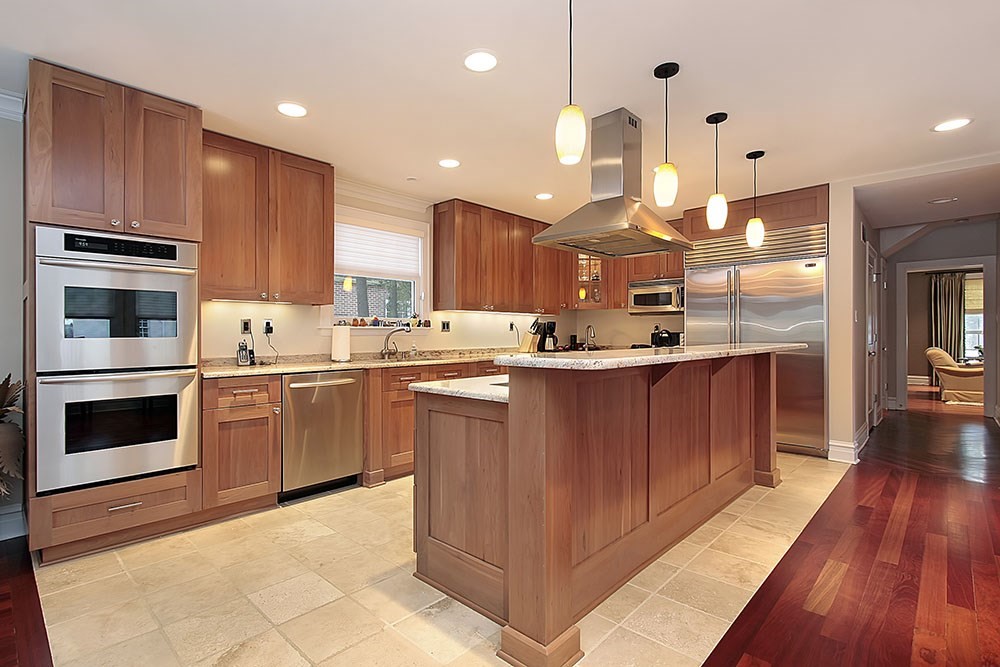
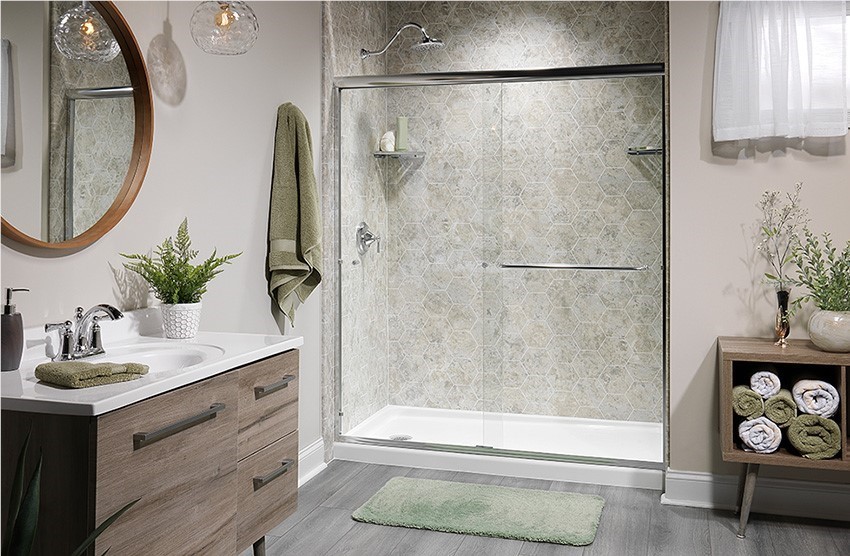
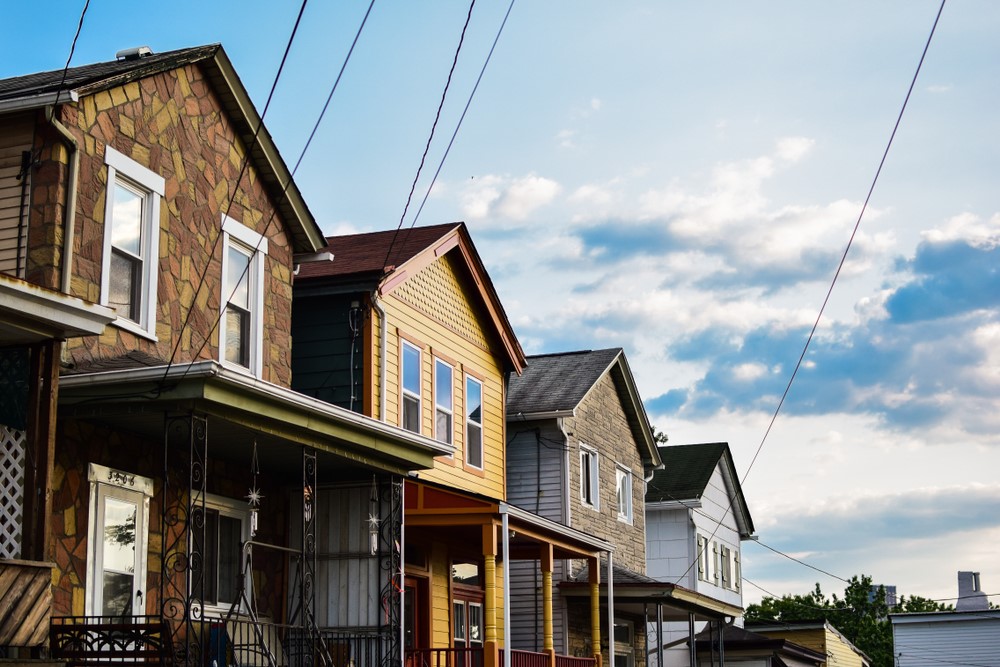
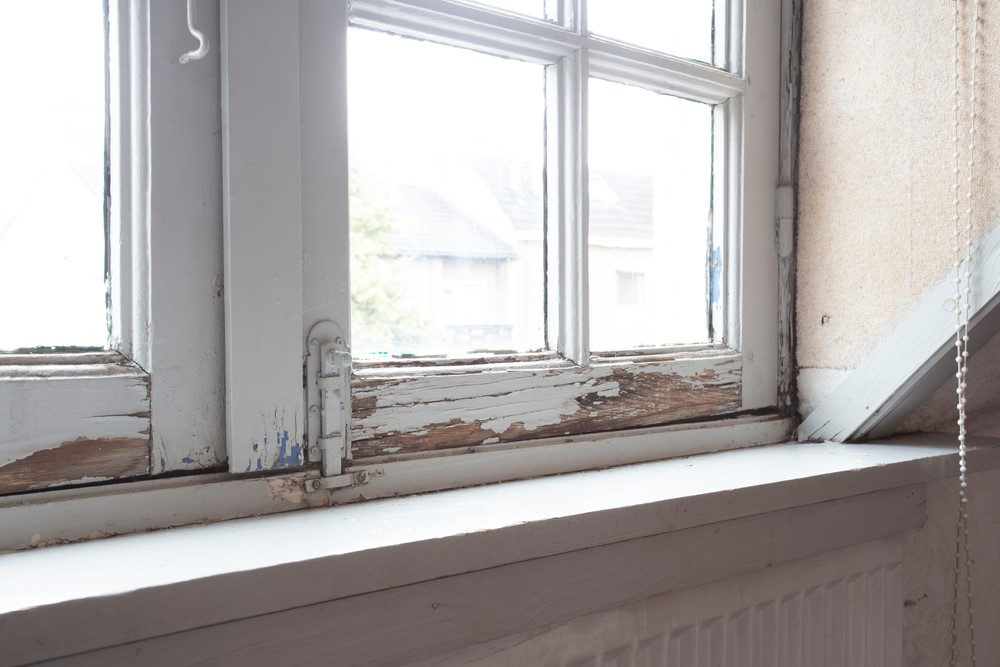

Comments